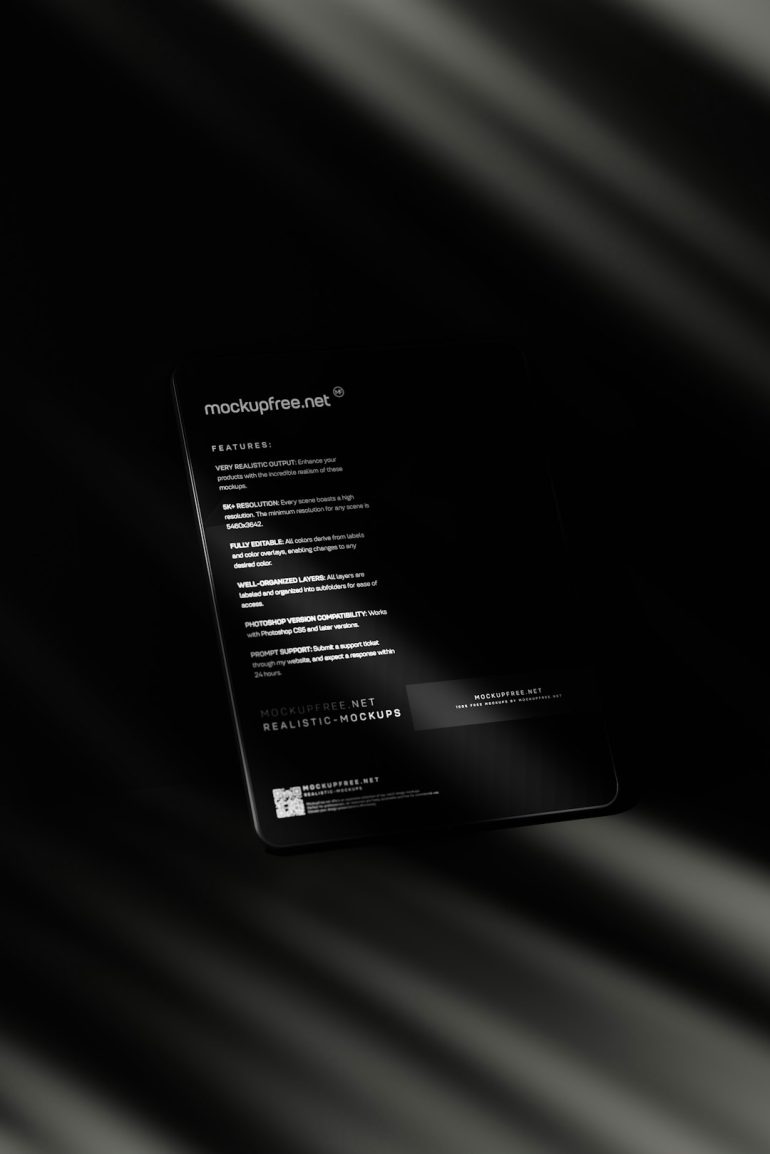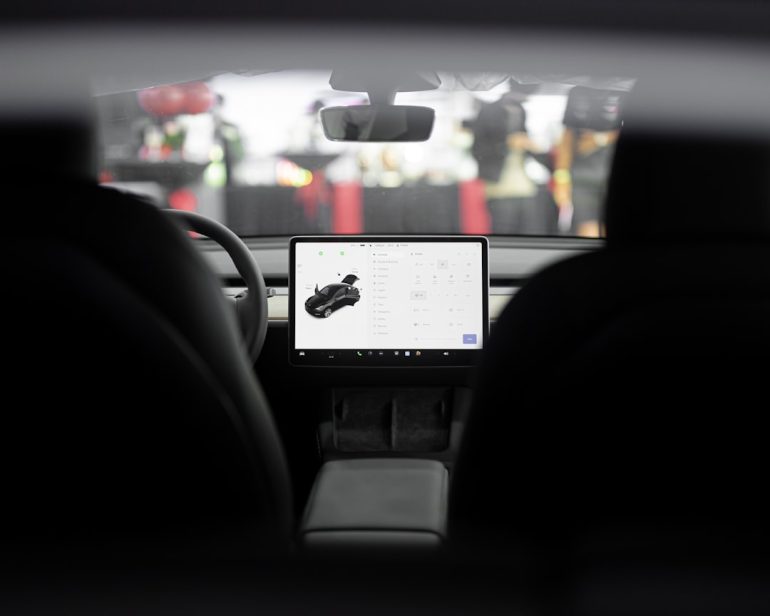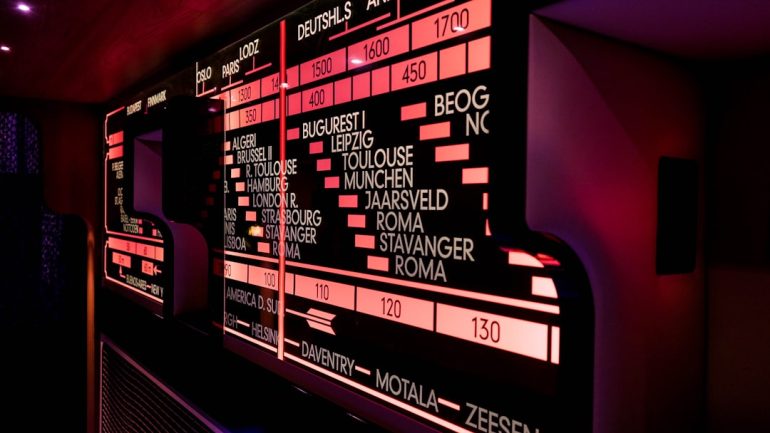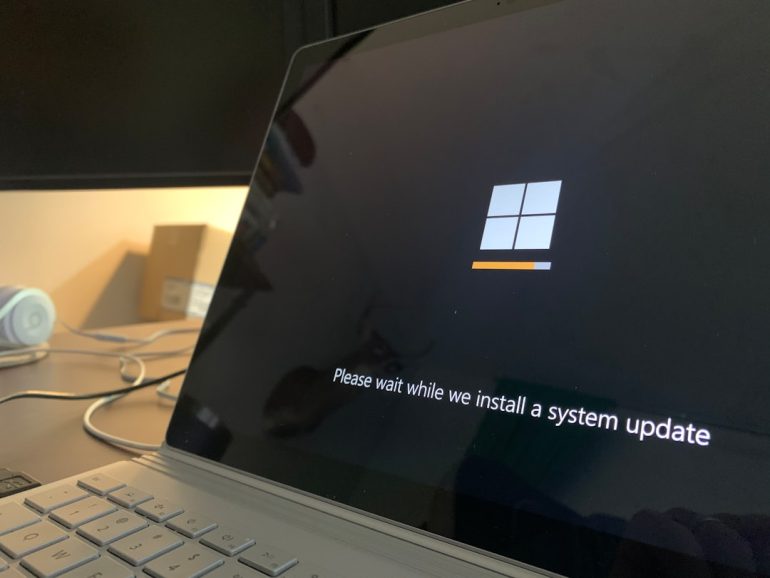Prioritizing the Backlog: RICE vs. Value/Complexity
Every product team has one thing in common: the never-ending backlog. Features, bug fixes, ideas, and tech improvements pile up faster than your favorite show’s plot twists. Sound familiar?
So the big question is: What should we build next?
Welcome to the world of prioritization frameworks. Two of the most popular ones are RICE and Value/Complexity. They help you decide what’s worth doing now and what can wait.
What’s the Rush to Prioritize?
Table of Contents
Imagine walking into an ice cream shop that offers 100 flavors… but you can only pick two. Overwhelming, right? That’s exactly what backlog grooming feels like.
Prioritizing isn’t just about picking cool-sounding features. It’s about maximizing impact with limited time and resources.
Before we dive into RICE and Value/Complexity, let’s talk about what makes a good prioritization method:
- It’s easy to understand
- It helps avoid bias
- It gets everyone on the same page
- It leads to better decisions
Alright, tools out! Let’s explore these frameworks.
RICE: A Tasty Acronym
RICE stands for:
- Reach: How many people will this impact?
- Impact: How much will it help each person?
- Confidence: How sure are we about our estimates?
- Effort: How many “person-days” will this take?
The formula looks like this:
RICE Score = (Reach × Impact × Confidence) / Effort
Let’s say you’re building a new onboarding feature:
- Reach = 1000 users/month
- Impact = 3 (on a scale of 1 to 5)
- Confidence = 80% (0.8)
- Effort = 10 person-days
Your score would be:
(1000 × 3 × 0.8) / 10 = 240
The higher the score, the more bang for your buck.

Why Teams Love RICE
Pros:
- It quantifies decision-making
- It’s great for comparing ideas with different scales
- It makes trade-offs more visible
Cons:
- You still have to make educated guesses
- Can be confusing at first
- Too analytical for some teams
The Value/Complexity Matrix
If RICE is a math equation, Value/Complexity is more of a friendly sketch. You plot features based on:
- Value: How much benefit does it bring?
- Complexity: How hard is it to build?
Put them on a 2×2 grid, like this:
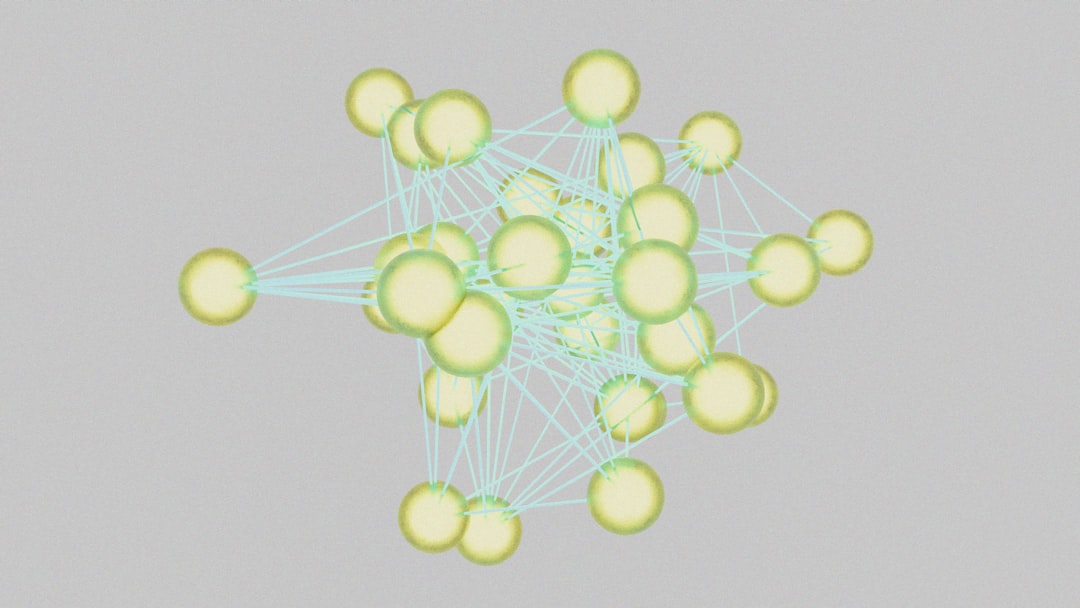
- High Value + Low Complexity = Quick Wins
- High Value + High Complexity = Big Bets
- Low Value + Low Complexity = Fillers
- Low Value + High Complexity = Time Wasters
No formulas. No spreadsheets. Just good ol’ gut and reasoning.
Why Teams Like the Matrix
Pros:
- Super visual and easy to explain
- Great for brainstorming sessions
- Good for quick filtering
Cons:
- Very subjective unless you define ratings
- Easy to underestimate complexity
- Hard to scale with big backlogs
So, Which One Is Better?
Like most things in life — it depends.
Use RICE when:
- You want a structured, numbers-driven approach
- Your backlog is big and diverse
- You’re planning roadmap items by quarter
Use Value/Complexity when:
- You’re doing early-stage product planning
- You need a tool everyone can use fast
- You’re working with stakeholders who love visuals
If you’re not sure, try both. Use the matrix for filtering, and RICE for ranking.
Let’s Test Your Skills
Say you have these three features in your backlog:
- Dark Mode
- Export to Excel
- AI-Powered Recommendations
How might they rank?
Dark Mode:
- Reach: High
- Impact: Medium
- Effort: Low
Export to Excel:
- Reach: Medium
- Impact: High (for power users)
- Effort: Medium
AI Recommendations:
- Reach: High
- Impact: Very High
- Effort: Very High
In a Value/Complexity matrix, Dark Mode might be a Quick Win. The AI feature? Probably a Big Bet.
With RICE, that big effort on AI might drag its score down — unless the impact is off the charts.
Tips to Level Up
Here are some ways to get the most out of these frameworks:
- Standardize your ratings: Define what “high impact” or “low complexity” means to your team.
- Review regularly: As context changes, your scores might too.
- Involve multiple viewpoints: Designers, engineers, and marketers all see value differently.
- Don’t fear low scores: A low RICE score doesn’t mean never — just not now.
Remember, these are frameworks, not magic. Use them to guide decisions, not replace thinking.

A Friendly Wrap-Up
Your backlog won’t stop growing — but now you’ve got two powerful tools to tame it.
RICE gives you structure, data, and confidence. 🧮
Value/Complexity gives you speed, simplicity, and clarity. ✨
Try mixing and matching. Play with the tools until your team finds what clicks.
Happy prioritizing!


